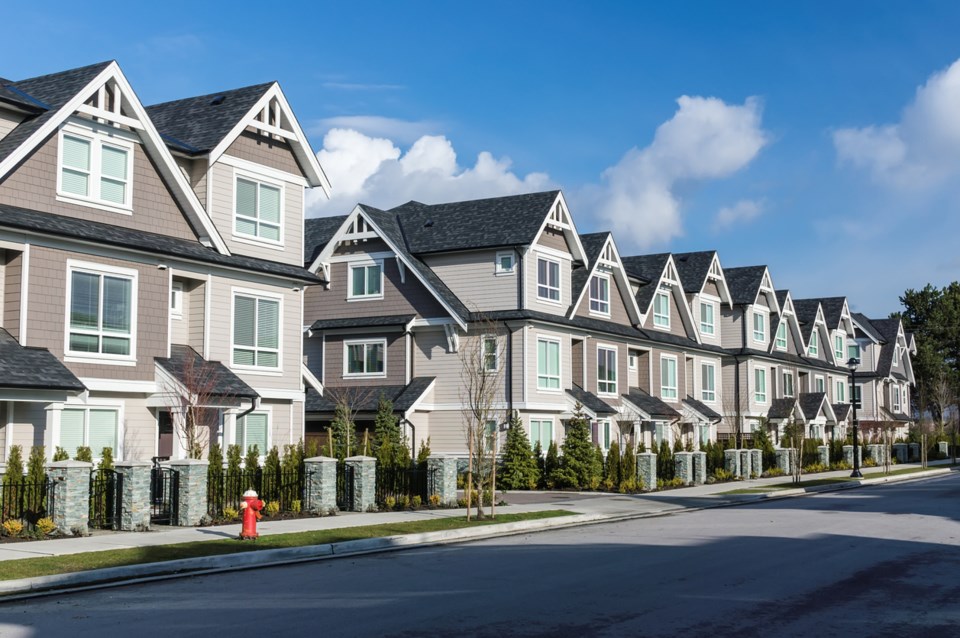When it comes to housing, the political and media spotlight tends to focus solely on Vancouver and the Lower Mainland. However, the struggle for safe, affordable housing is province-wide. While at first glance, problems may seem lesser in areas like Vancouver Island or northern B.C., where the average home price is ‘only’ $430,000, there are an array of unique challenges preventing would-be renters and buyers in these regions from attaining housing.
The problem is quickly worsening as nearly half of all municipalities saw their average home prices increase by over 50% between 2016 and 2021.
There are an array of unique and complex issues facing different regions across the province. For example, Vanderhoof Mayor Gerry Thiessen has outlined the challenges of obtaining mortgage financing in small communities. Banks and credit unions make mortgage approval decisions based on statistics, but when a town’s population is too small to provide meaningful statistics, the institutions become more risk-averse.
Another challenge in small communities like Vanderhoof is getting the insurance that is often required for mortgages. Insurance can be increasingly expensive or challenging to obtain due to wildfires and other natural disasters.
The housing crisis has knock-on effects for other issues and in other areas. Northern Health has identified housing issues as a problem in recruiting doctors, nurses, and other professionals to smaller communities. When these issues persist, they can result in relocation and even homelessness in larger cities like Prince George.
“When you don’t address problems in rural areas, the problems get pushed to urban areas,” Thiessen says.
Issues like labour supply shortages, which are a challenge in communities big and small, can also have unique nuances in different areas. In Nanaimo, for example, labour shortages impact not only the building sector but also city staff.
City of Nanaimo Mayor Leonard Krog explains, “a good year for housing development used to be about $200 million in building permits. By 2019, that doubled. Finding staff to manage two times the applications is a challenge.”
The real estate sector shares the concerns of many small-town mayors.
“Northern communities face many of the same housing supply challenges seen across the province,” says BC Northern Real Estate Board CEO Alex Goseltine. “In seeking solutions, they can face unique obstacles.”
What can governments do?

While much of the power for change lies with local governments themselves, the province has the financial and legislative strength to make an impact. The robust array of supply-side proposals by B.C. NDP leadership candidate David Eby is welcome but will likely have limited impact in many northern or island communities.
In addition to those much-needed measures, the province can work closely with municipalities to support their unique needs, giving more authority to the Canadian Mortgage and Housing Corporation to approve mortgages in small communities like Vanderhoof.
There are also some housing needs that are near-universal, such as the need for more non-profit housing, along with addiction and mental health support. This will benefit those who are not able to rent or buy, regardless of market conditions. The City of Nanaimo has faced these challenges head-on, creating a Memorandum of Understanding with BC Housing to build nearly 300 new homes. More collaboration along these lines will create small changes that, in aggregate, can have big impacts.
What can you do?
The province is diverse, and the issues are diverse, which means the solutions are diverse. It’s up to us to hold politicians’ feet to the fire, highlighting the strains and barriers in our neighbourhoods.
The next step is to vote for politicians who are willing to work with each other to build housing. Supply is nuanced, and we need the right homes at the right time in the right area.
Authorized by the British Columbia Real Estate Association, registered sponsor under LECFA (Local Elections Campaign Financing Act), 604-683-7702.



